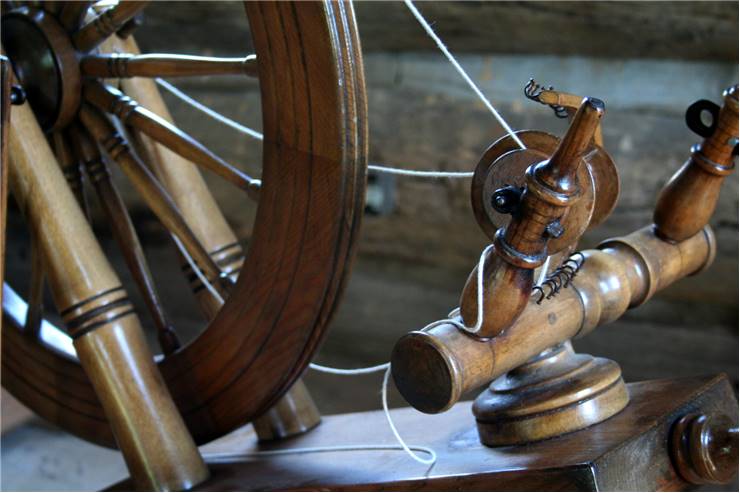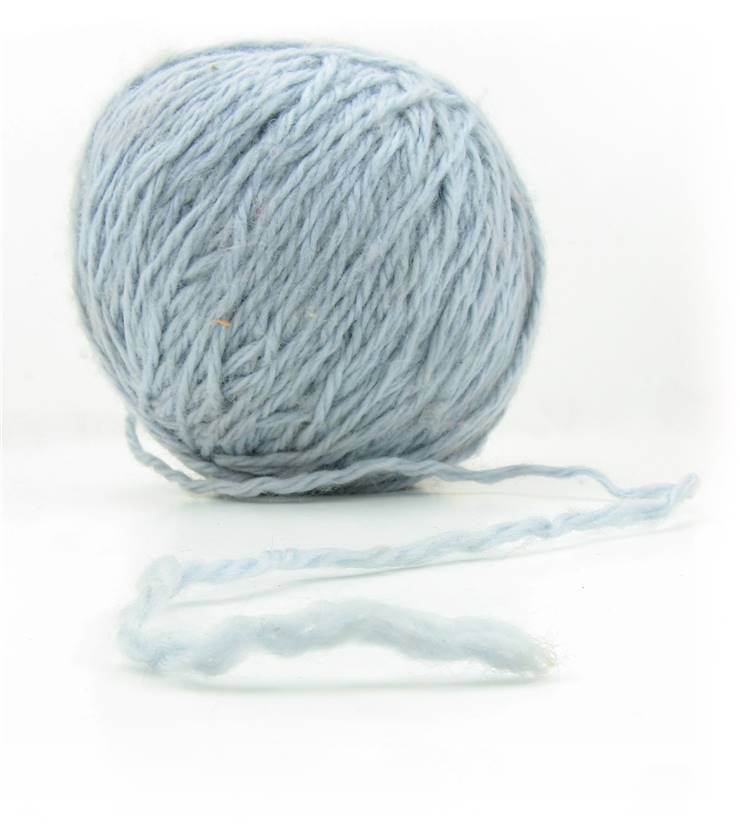History of Wool Making
Wool is a type of fiber that is obtained from sheep and some other animals. Wool from goats is called cashmere and mohair, from muskoxen is qiviut and from rabbit - angora. It is used for fabrics because it is easy to spin (individual fibers attach to each other and stay together). It also has scaling and crimp and because of that it is more bulky which causes it to retain air and with air - heat. That helps with isolating the body from outside cold but also from the heat. It is also easy to felt the wool.
Although human race domesticated sheep somewhere between 9000BC and 7000BC they were more hairy than wooly and had to be bred by selection somewhere around 6000BC. First woven wool garments date from 400BC to 300BC. At about the same time woolly-sheep came to Europe from the Near East. In the beginning, wool was plucked from the sheep by hand or by bronze combs. The first shear appeared in the Iron Age. In Roman times, the finest wool came from Tarentum, a coastal city in today’s Puglia, Southern Italy.

In medieval times the wool trade became serious business and whole series of fair, like Champagne, were mainly based on wool trading and economy of whole regions depended on it. Major exporters of raw wool were England and Castile. Wool; trade was so important for England that it imposed special tax laws on wool export and the presiding officer of the House of Lords has sat on the "Woolsack", a chair stuffed with wool which was a symbol of the pre-eminence of the wool trade. After the Restoration fine English wool began to compete with silk on the international market.
The Medici and other great houses of Florence had built their wealth on their textile industry based on wool. In the 16th century, Spain allowed export of Merino lambs, a breed of ship that gives highly valued type of wool, only with royal permission. The German wool market in time overtook British wool which in turn was overtaken by Australia's colonial economy which was based on sheep raising.
In middle 20th century, wool production falls because of the appearing of the synthetic fibers. Superwash wool (or washable wool), a type of wool that is specially treated so it can be washed in machine and tumble-dried, first appeared in the early 1970s. This type of wools is produced by washing of wool in acid or by coating the fiber with a polymer. Both methods lessen the number of scales which attaching to each other while washing untreated wool in water and cause shrinkage. In 2007, a new wool suit was made from Australian Merino wool in Japan that can be washed in the shower and dried within hours with no ironing required.
Wool is generally used for clothing but it is also used for blankets, horse rugs, carpeting, felt, wool insulation, upholstery and for felt covers of piano hammers. It can also be used as a soil fertilizer because it slowly releases nitrogen and amino acids.


